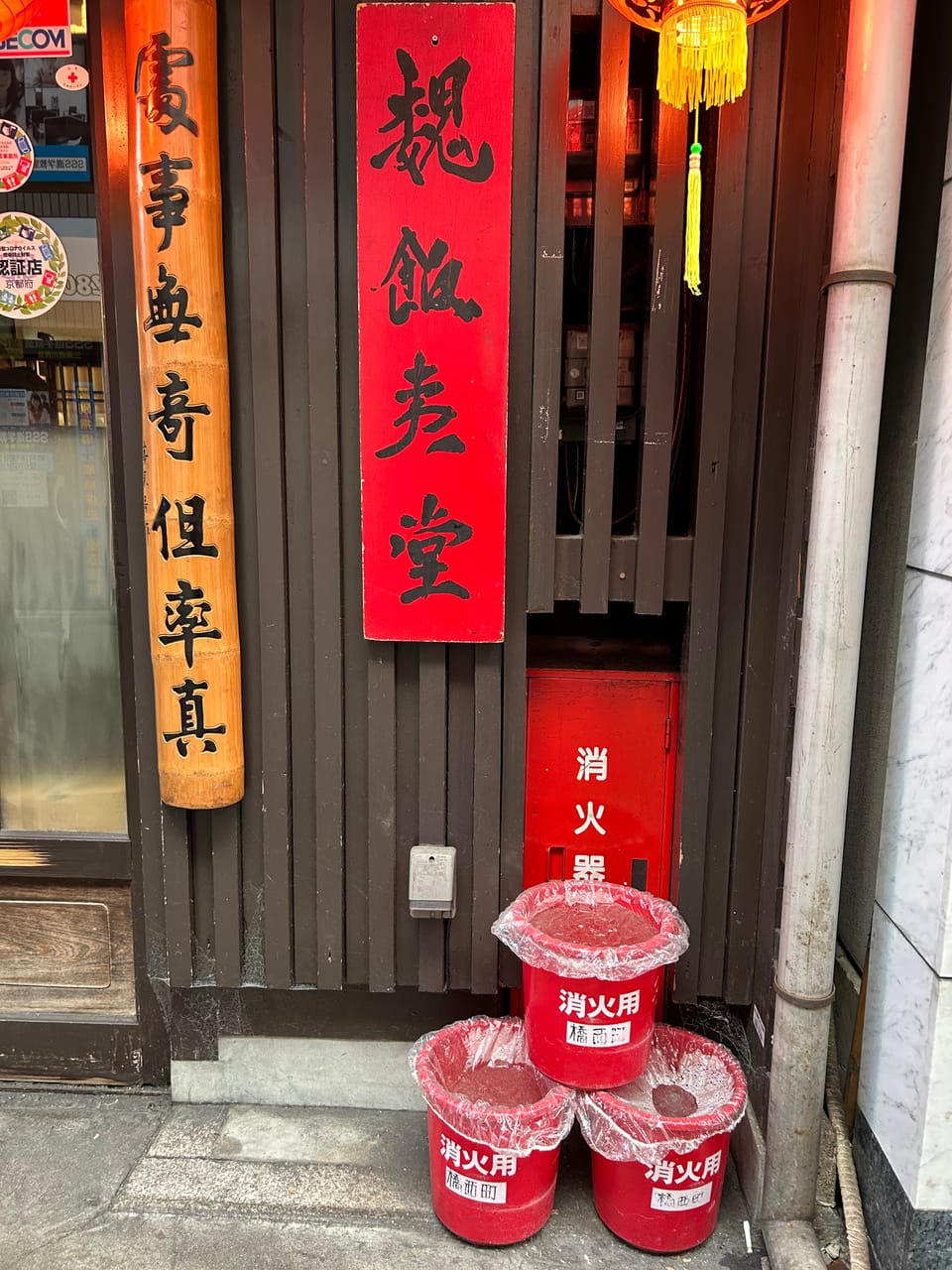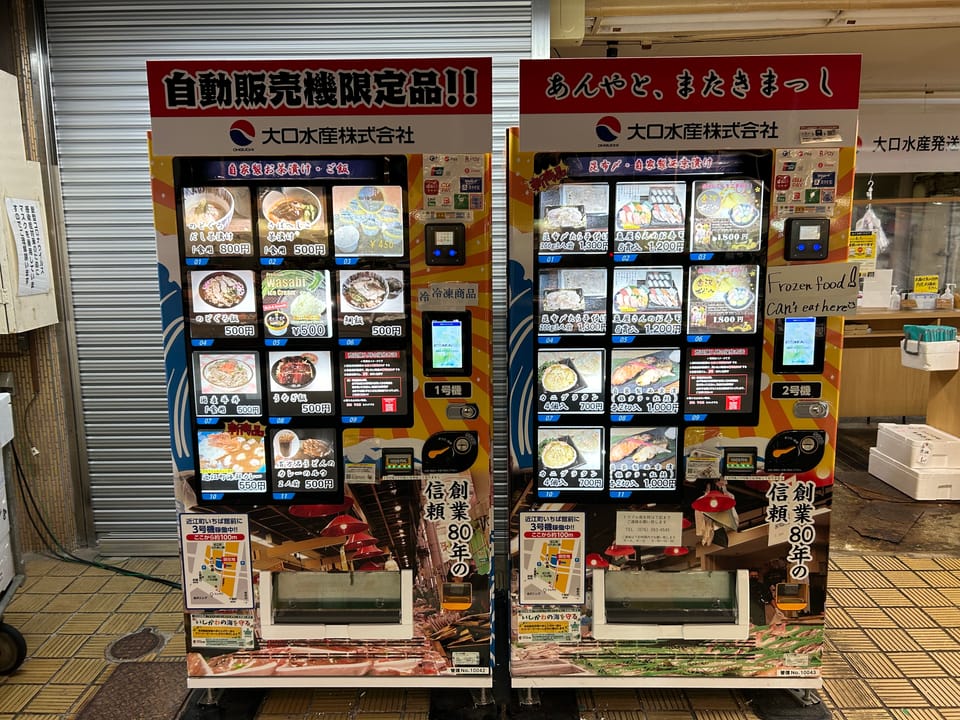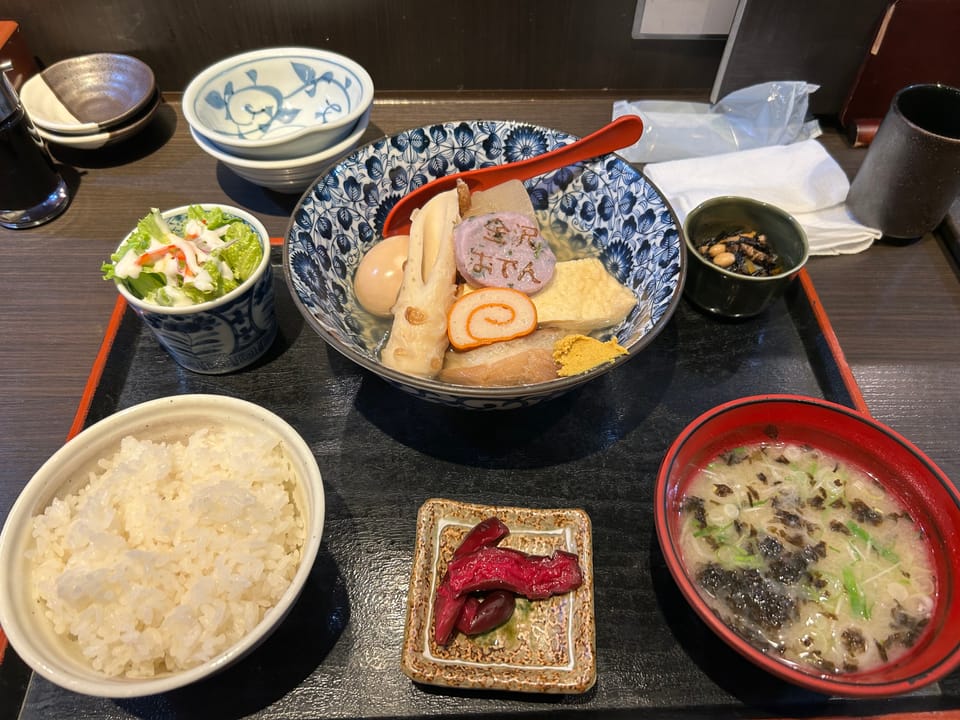Ryokan Shake it Baby
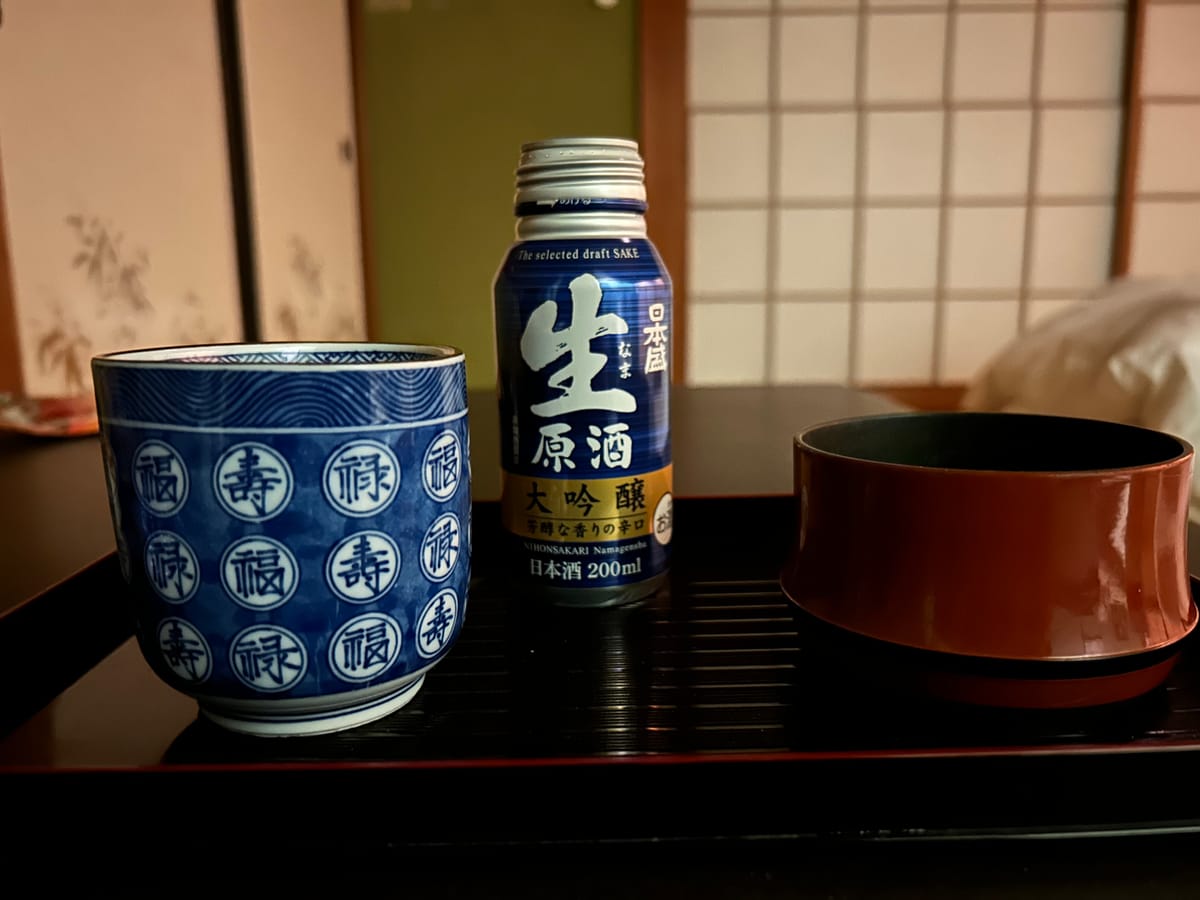
I was almost done putting on the yukata and, since it is winter, the haori, when my phone on the table started to rattle and a female voice said "Earthquake". The phones display showed this:
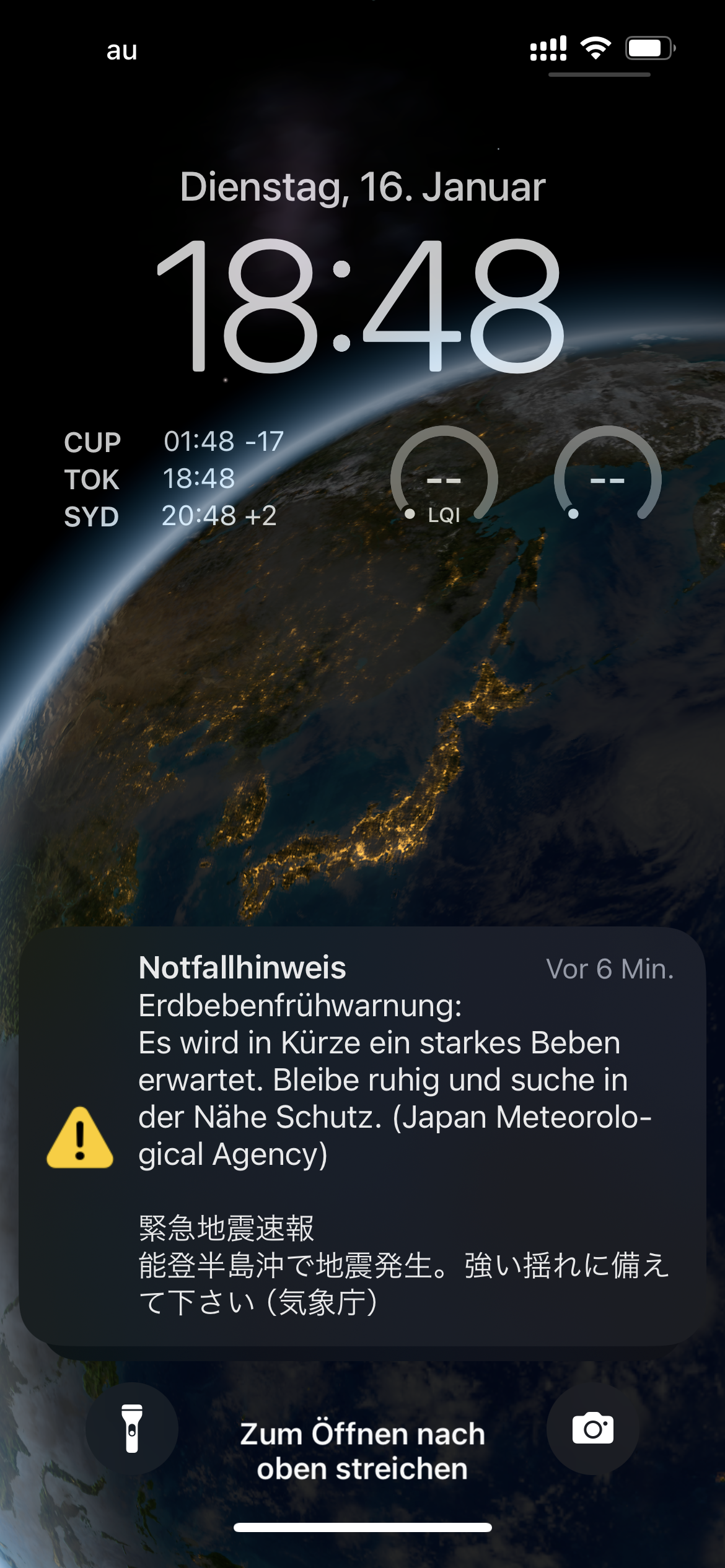
Immediately three questions came into my mind.
- What does strong quake ("starkes Beben") mean?
- How much time ("in Kürze") do I have to take action?
- Where do I find protection? Outside, inside or even underground?
What I actually did was to grab as much clothes as possible (winter, snow, wind) and went to the lobby to see if there were any people, maybe even some who might be more experienced with earthquakes than I am.
Indeed I met a Japanese lady there, who did not seem to be upset at all. She asked if I was there to ask about the earthquake and explained that it was entirely safe to stay inside, as the building was very strong.
This may have been correct or not. I retreated to my room and started to text friends and read the internet about earthquakes.
What I learned was: Earthquakes are not predictable. At most a warning can be a few seconds ahead of the quake. This is at all possible, because an earthquake starts with shorter wave lengths, which are not perceivable but can be measured. They are called p-waves and precede the much wider s-waves, which are the ones that actually wreak havoc only seconds later.
So earthquakes warnings are more of a realtime thing. If you get one, jump to the most safe place in jump distance at once. After one or two minutes you will know if it was a good choice.
"It does not matter. Live and death are the same. There is only now. Tomorrow does not exist." (Mariko)
Finally I realized that the mild shaking of the shoji in my room, which I had attributed to the wind, must have been the whole effect of the earthquake. Also I found an interactive map about earthquakes. It confirmed my assumption completely. The quake was much closer, but also three orders of magnitude less severe.
